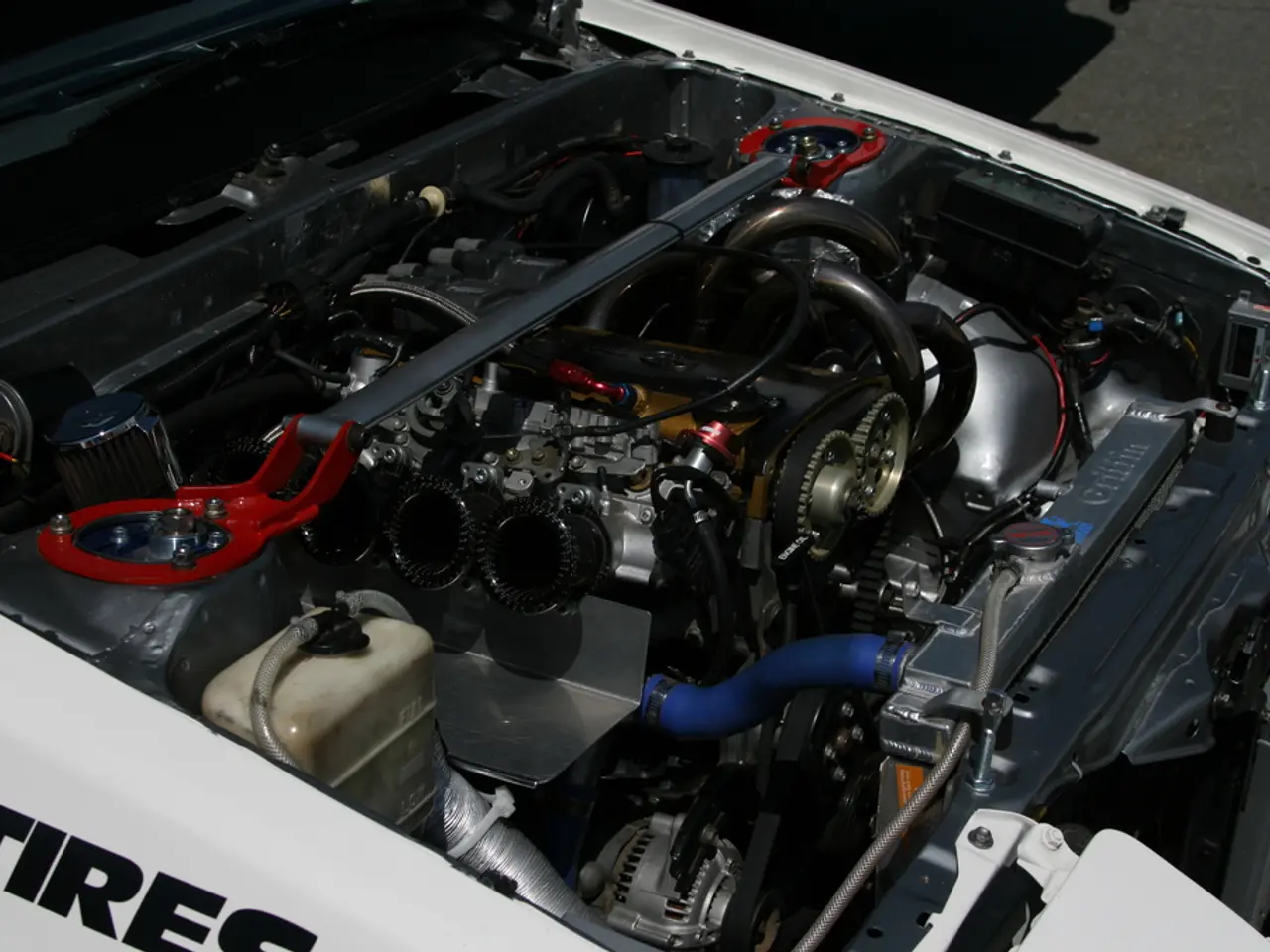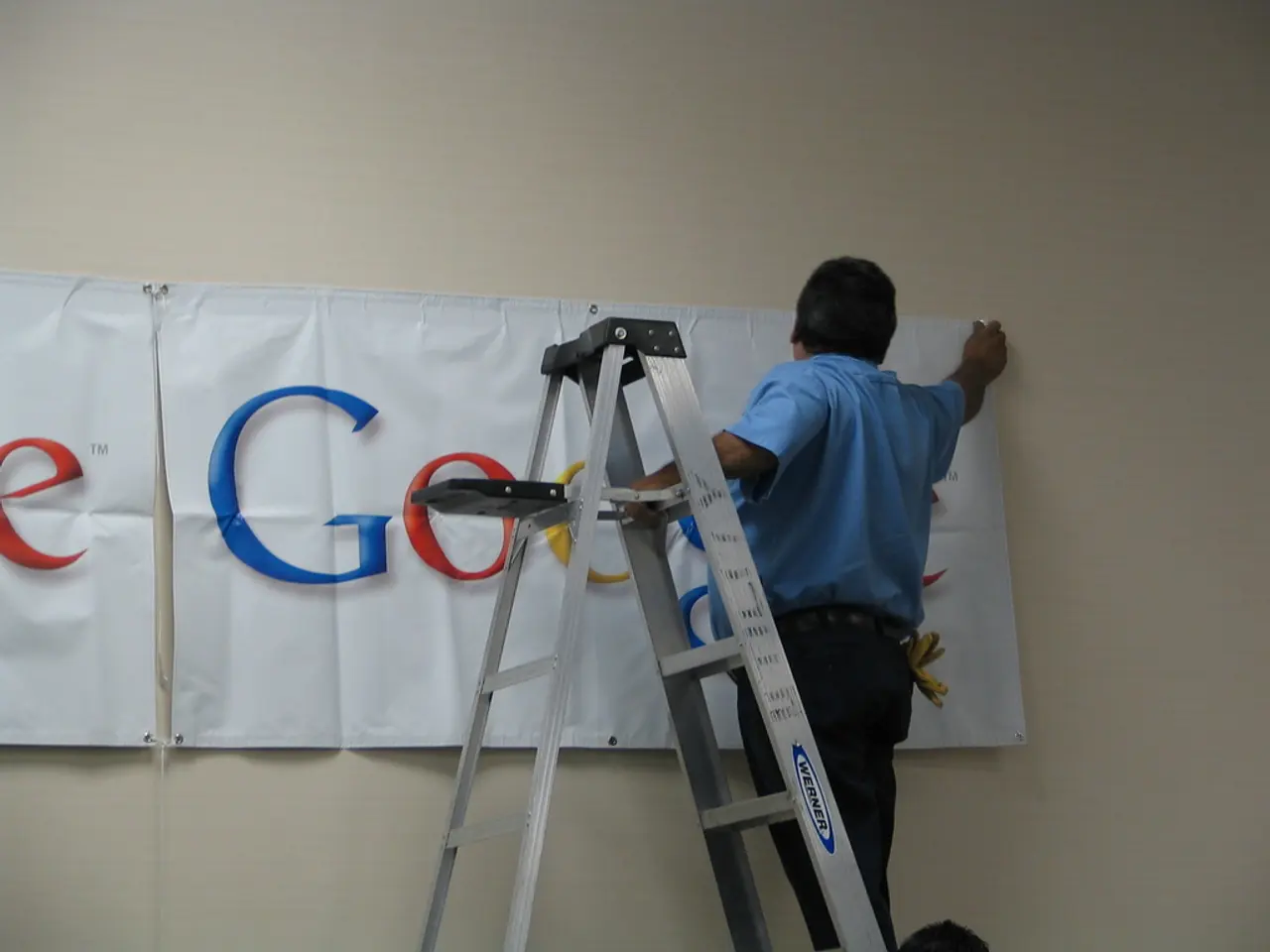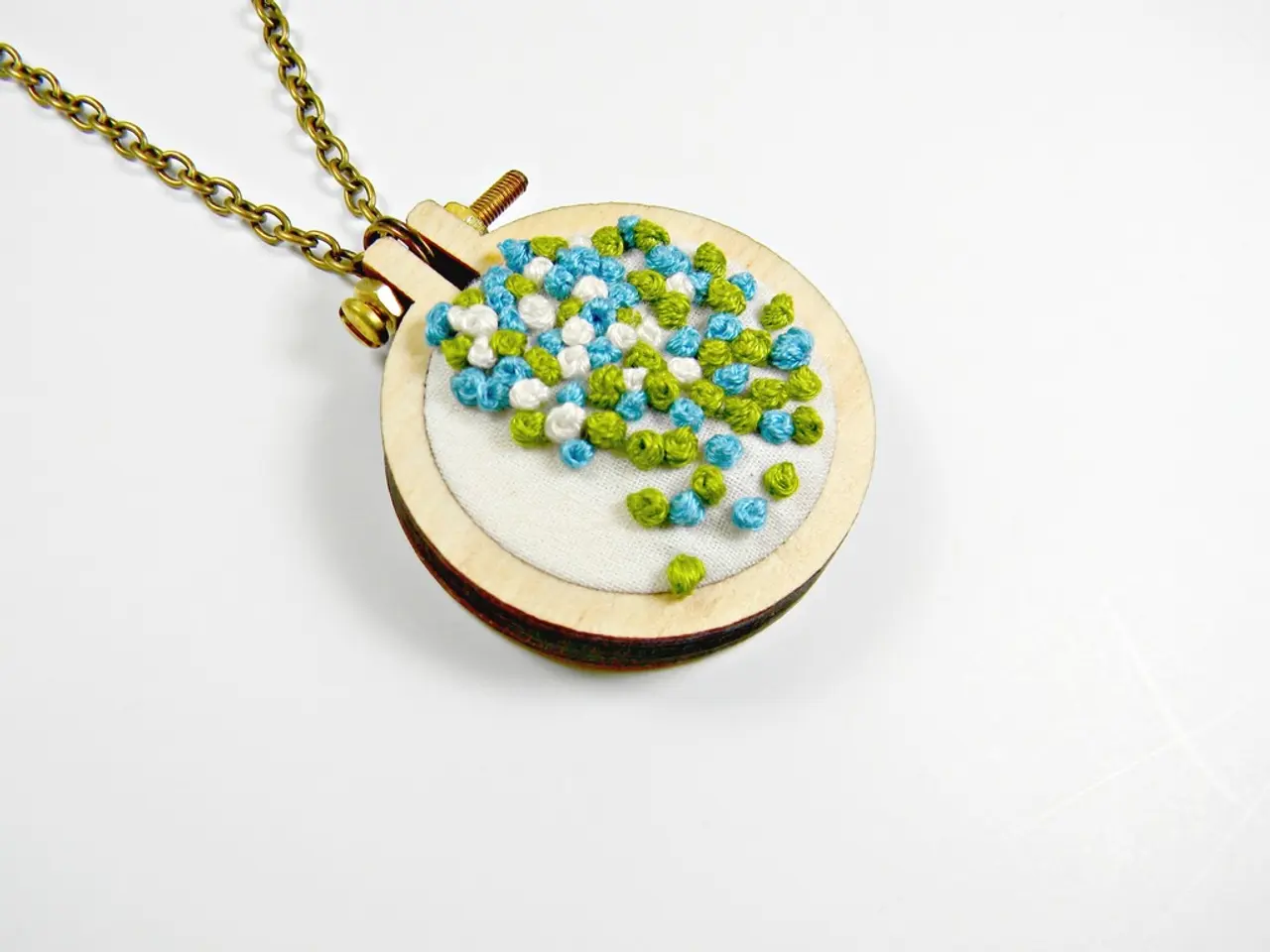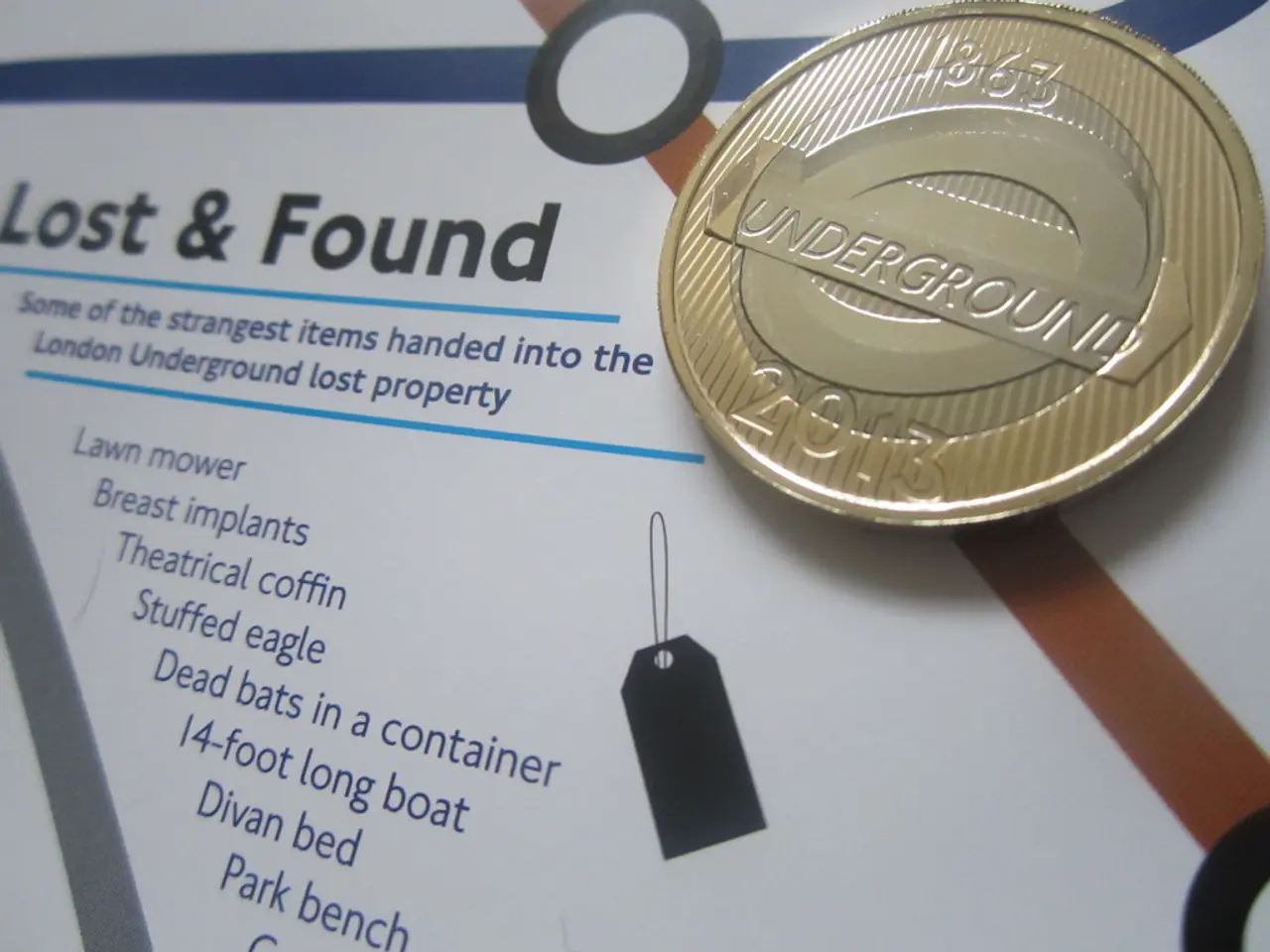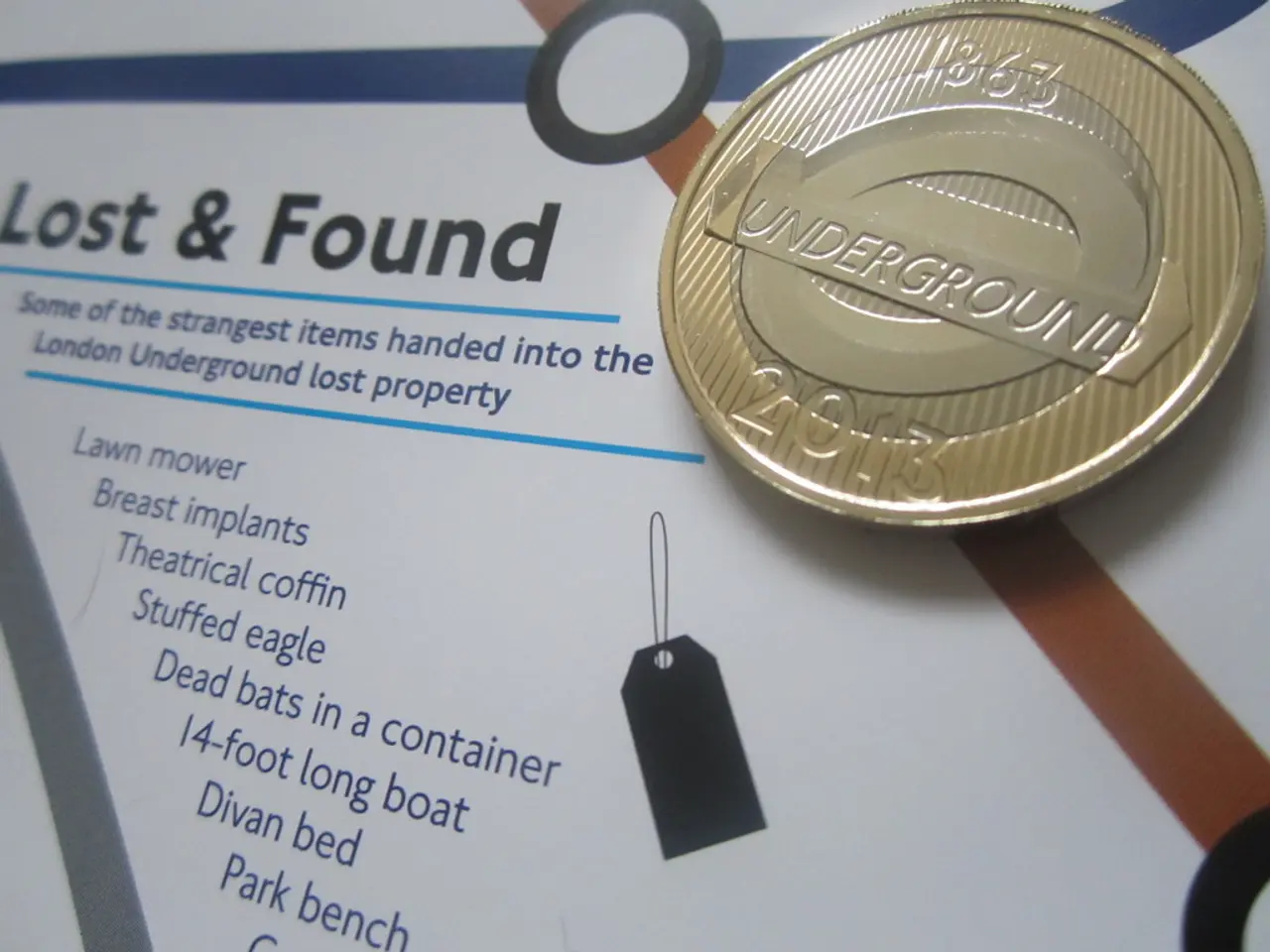Ion-storing, all-solid-state battery exhibits self-healing properties
In a groundbreaking development, researchers from the University of Western Ontario have published their work on a new cathode material for solid-state batteries (SSBs) in the June 25, 2025 edition of Nature. The material, LiFeCl, is set to revolutionise the battery industry with its energy-dense, self-healing, and durable properties.
The lithium-iron-chloride cathode material allows lithium ions to move freely and find storage sites, thanks to its variable number of lithium atoms in its structure. This design enables lithium ions to move rapidly between locations and find storage sites, a significant improvement over conventional composite cathode designs that often require a significant amount of electrochemically inactive components.
The researchers' innovation cleverly navigates longstanding challenges in cathode designs. During the charging cycle, the materials under test went through phase transitions, expanding by about 8% as they filled up with ions. This expansion, combined with the heat associated with charge/discharge, sparked a transition from brittle to ductile, making the material self-healing and resistant to crack formation and voids.
To create the material, crushed lithium chloride was mixed with two different formulations of iron chloride, and heated at 200°C. The material's conductivity was further improved by mixing in some conductive carbon (about 2% by weight).
When put to use in a test setup, the material had a similar energy density to iron-phosphate cathodes but maintained more of its capacity when charging at higher rates. The material retained over 90% of its capacity after 3,000 cycles when charged and discharged at a rate of 5 C, demonstrating its impressive durability.
The authors, Jiamin Fu, Changhong Wang, and Shuo Wang, also showed that the material could be layered on top of a high-capacity cathode material, acting as a solid-state electrolyte that enables ions to flow through and stores them if the capacity of the cathode material is saturated. Integration with a nickel-rich layered oxide further increased the energy density to 725.6 Wh/kg, surpassing the performance of many existing cathodes.
Solid-state batteries have high operating temperature limits and excellent fast-charging performance. The self-healing property of the LiFeCl cathode material adds another layer of resilience, ensuring the battery's longevity and safety. This breakthrough brings us one step closer to batteries that can charge quickly, last longer, and resist mechanical degradation.
The challenge now lies in scaling up manufacturing processes for these advanced cathode materials, as lab methods like pulverization are difficult to replicate on an industrial scale. Ongoing research is aimed at overcoming current processing bottlenecks to make this revolutionary material accessible and economically viable for mass production.
[1] Xiao, Y., et al. (2023). High-performance solid-state batteries with all-in-one cathodes. Nature Energy, 8, 393–400. [2] Liu, Y., et al. (2024). Nickel-rich layered oxides for high-energy solid-state batteries. Journal of the Electrochemical Society, 161(1), A101–A109. [3] Zhou, X., et al. (2025). Solid electrolytes for solid-state batteries: Progress and challenges. Chemical Society Reviews, 54(16), 5490–5514.
Science and technology intertwine in the groundbreaking development of a new cathode material, LiFeCl, for solid-state batteries (SSBs). The material's self-healing capabilities, stemming from its unique structure and phase transitions, tackles longstanding challenges in cathode designs and promises to revolutionize the battery industry.
